Mangrove forests. Through the looking glass
Have you ever been to South Asia, East Africa, Australia or Oceania? If you have, then you are certainly lucky, because you have seen many beauties of the wild.
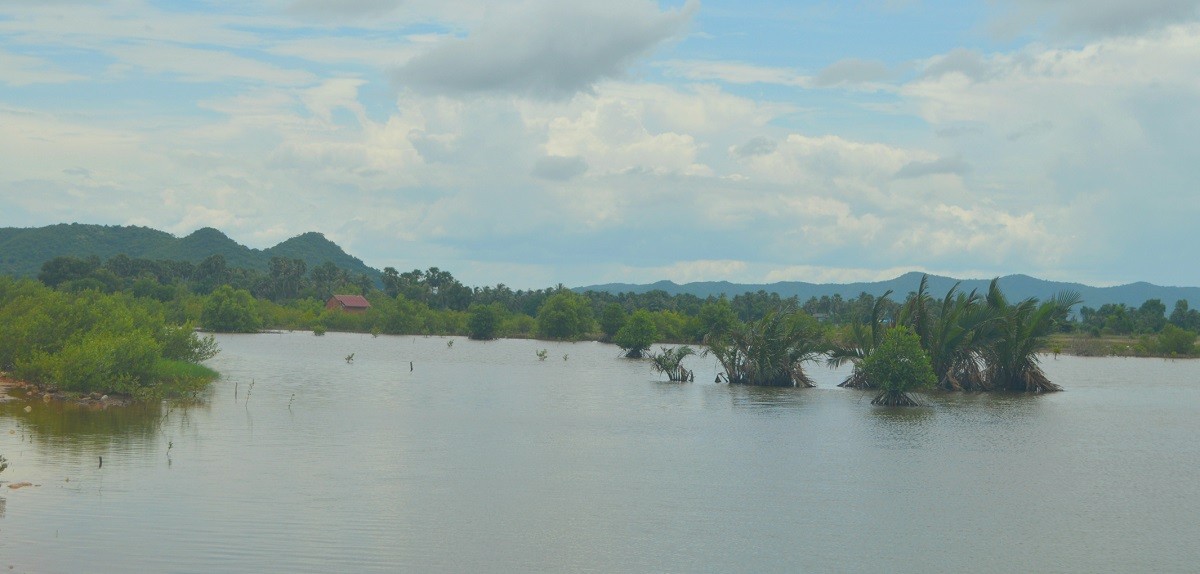
But you are undoubly lucky if you saw mangrove forests in these amazing places. Our green planet is rich in natural wonders, mangroves are one such wonders.
The unique ecosystem of mangroves benefits both the animal kingdom and the human world. In addition, these strange forests have a special, mystical beauty.
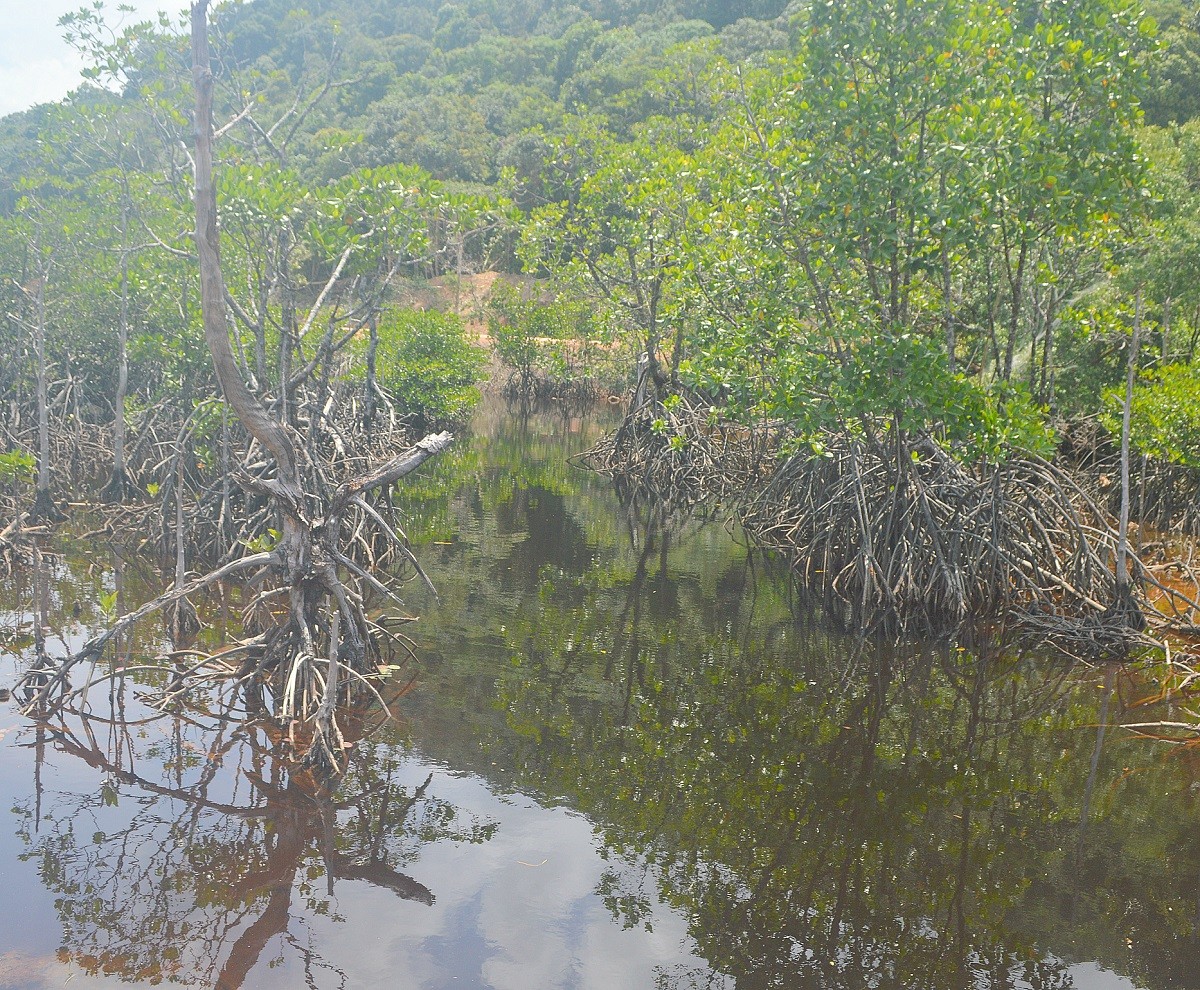
The human mind stubbornly strives for stereotypes of thinking. Trees must grow on firm ground with deep roots. But, there are plants that take root where they want, and not where it is accepted, according to general ideas.
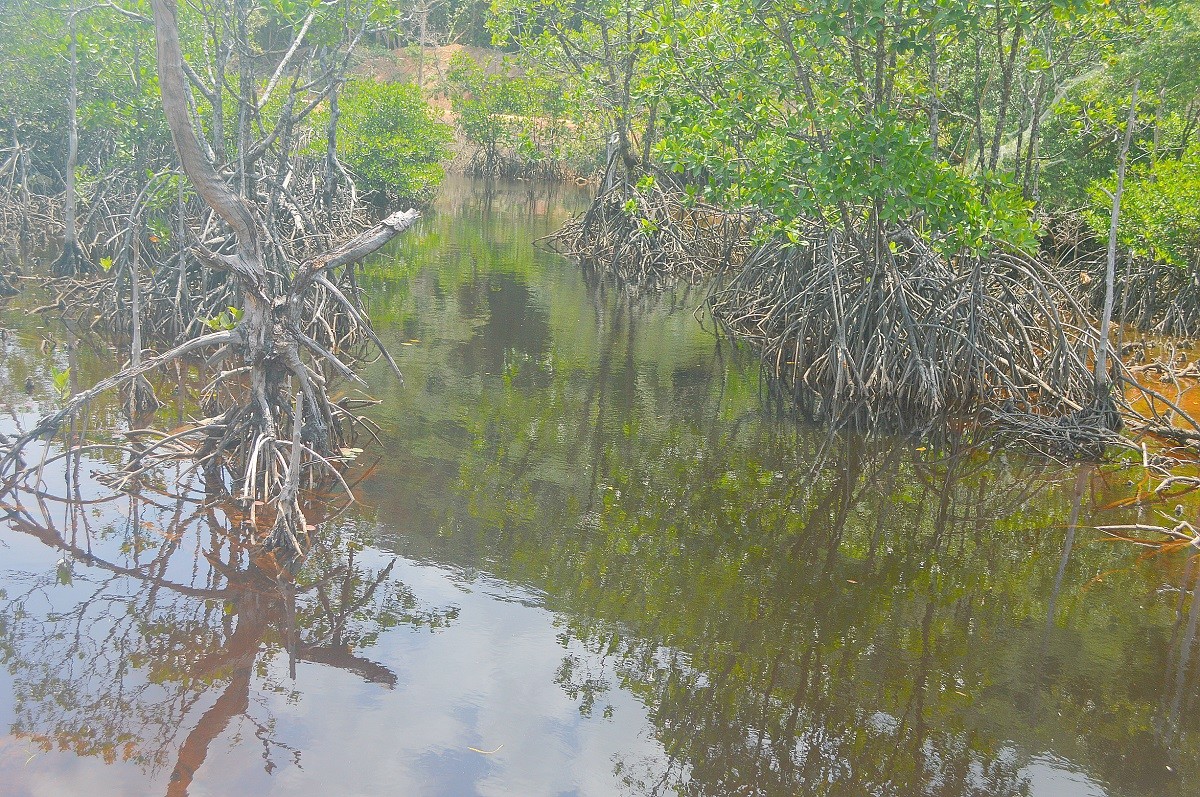
Mangroves choose special areas in the sea, where the waves are not too strong and the water is not very salty. But what about the roots? The roots of the trees are located above the land, the roots are fed by air and salt water - this is how the strange and mysterious world of mangrove forests looks like.
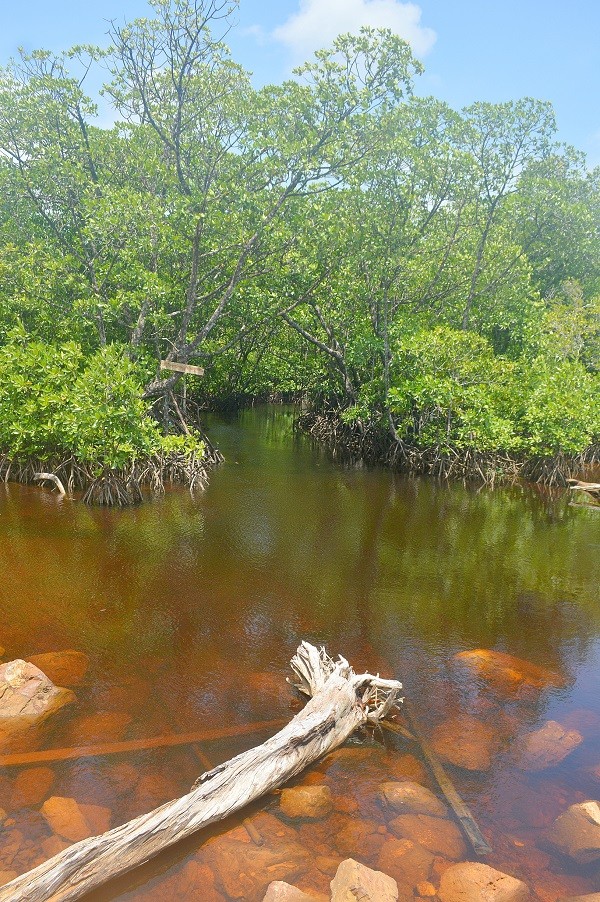
The surreal landscapes of this world involuntarily evoke associations with the Looking Glass from the tale of Lewis Carroll. Who lives in this fairy-tale world? Maybe there you can meet the White Rabbit and other characters from Through the Looking Glass?
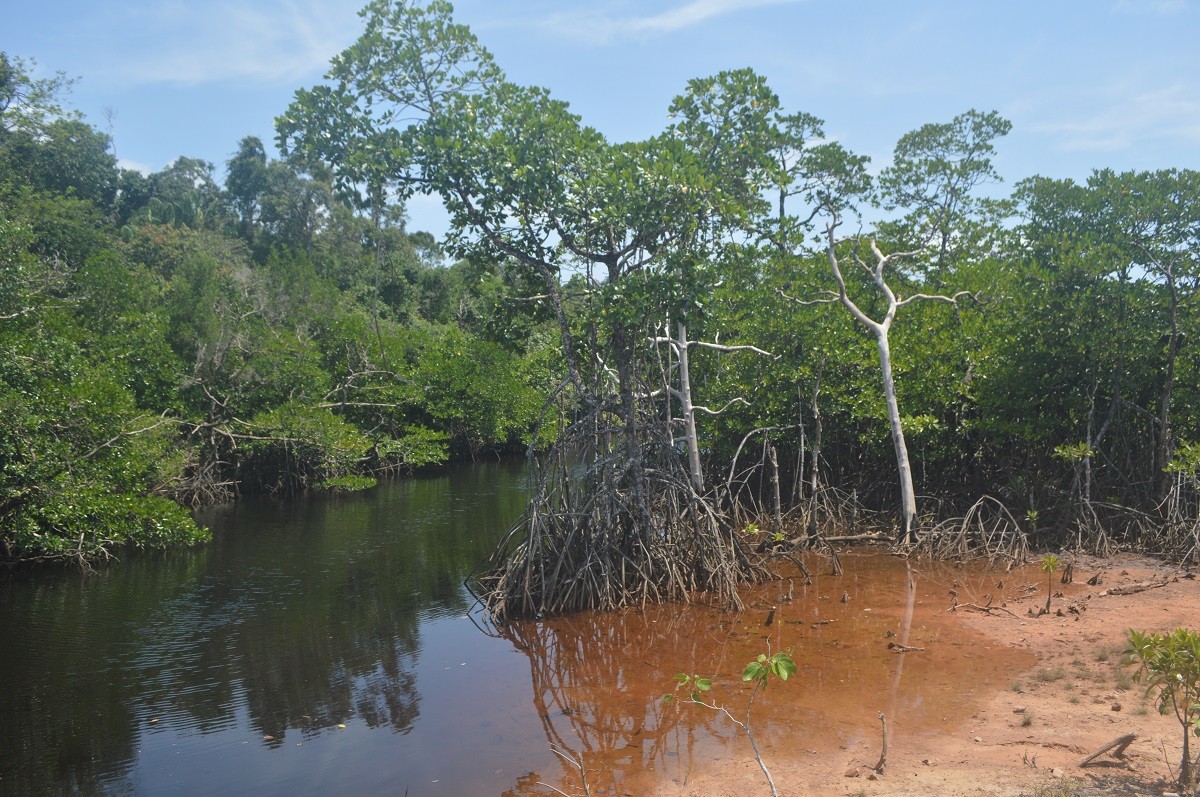
Due to their special location, between land and deep sea water, mangroves provide shelter for both land and waterfowl. It is difficult to imagine a forest growing out of the sea, in which monkeys and crocodiles, crabs and parrots live, interacting. But the fantasy of nature is richer than the fantasy of man. Such forests exist. Forests where spiders weave their giant cobwebs, snakes hunt frogs, and strange birds build their nests.
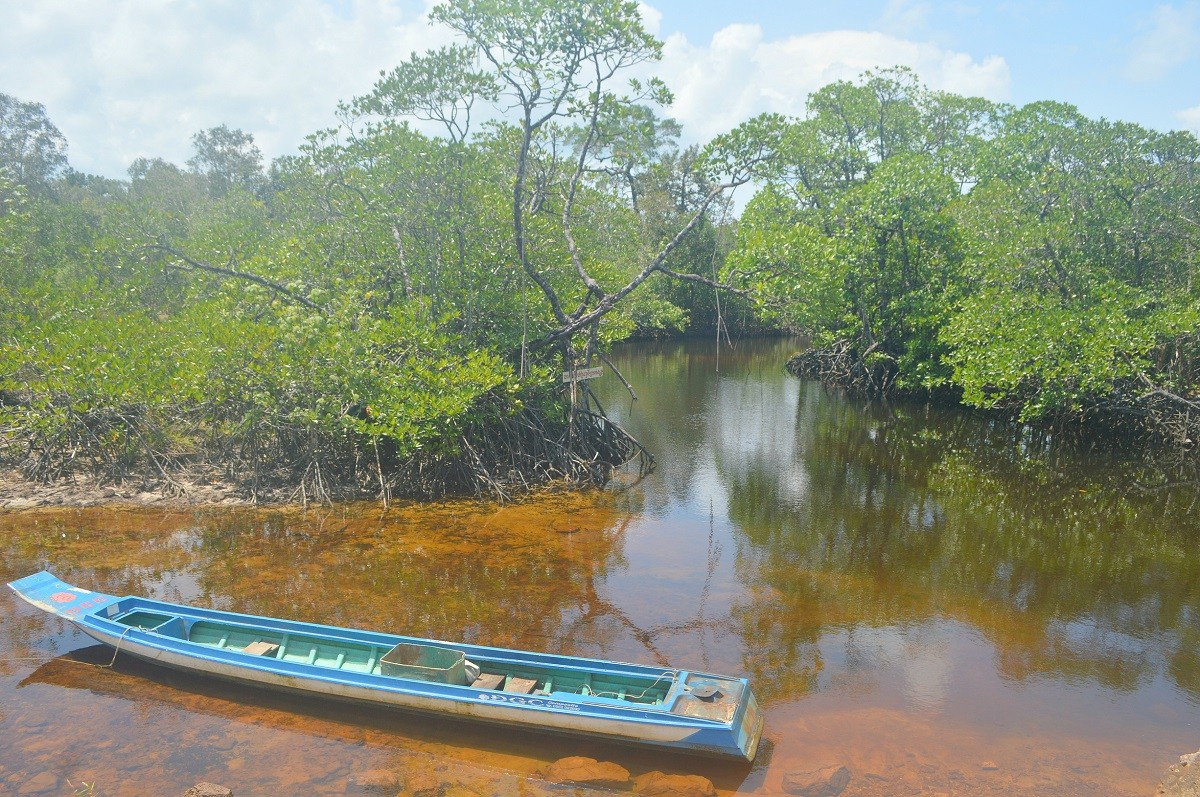
A dolphin can look into this wonderful world, and sometimes a Bengal tiger, due to its business as a predator. But what about the man? How does he interact with the mysterious world of mangrove forests?
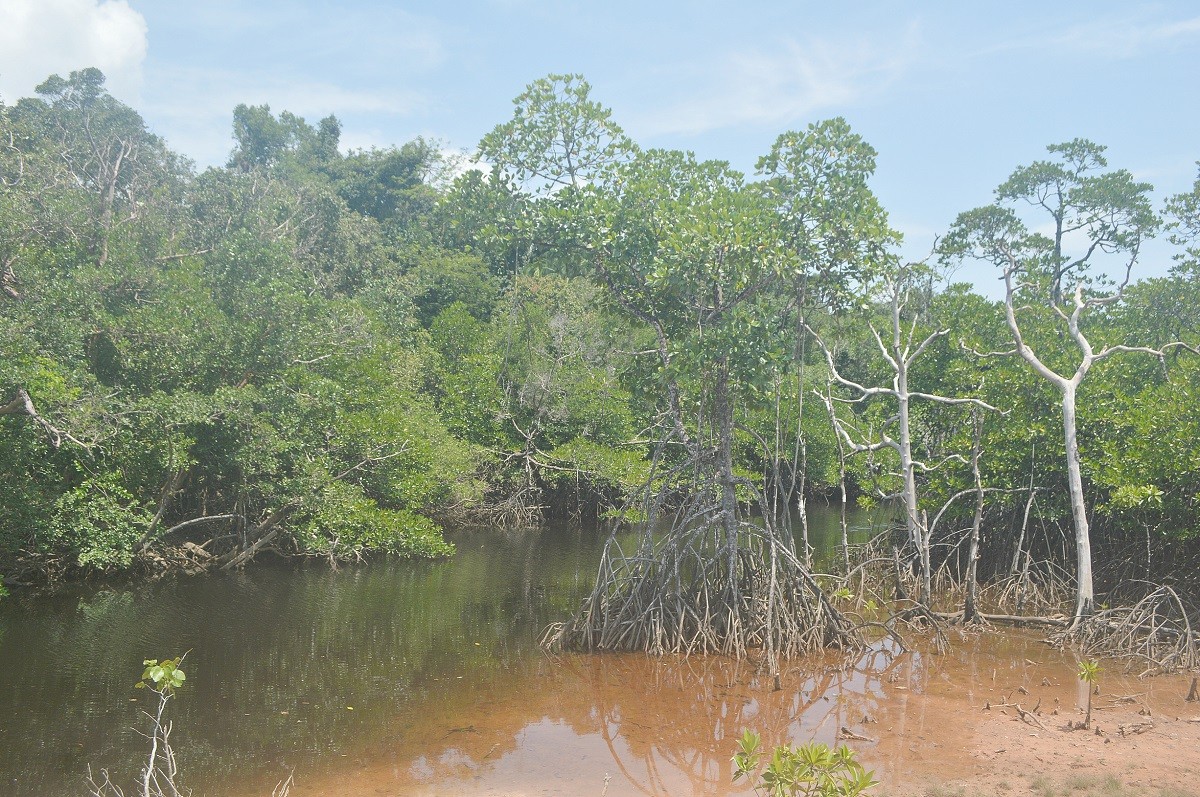
Mangroves are a special, unique ecosystem that interacts with other natural systems on our planet. Man is also part of the global planetary ecosystem. By acting incorrectly within this complex natural structure, a person harms himself. People cut down mangroves to make it easier to catch shrimp and crabs, for the bark and wood of trees. How can mangroves respond to these actions? The forest will not respond with retaliatory destruction. But mangroves may not protect a person from the destructive actions of their native sea element.
In 2004, the island of Sri Lanka was covered by a powerful tsunami that swept away everything in its path. This element carried entire villages into the ocean, along with their inhabitants. These were the villages whose inhabitants had cut down the mangroves.
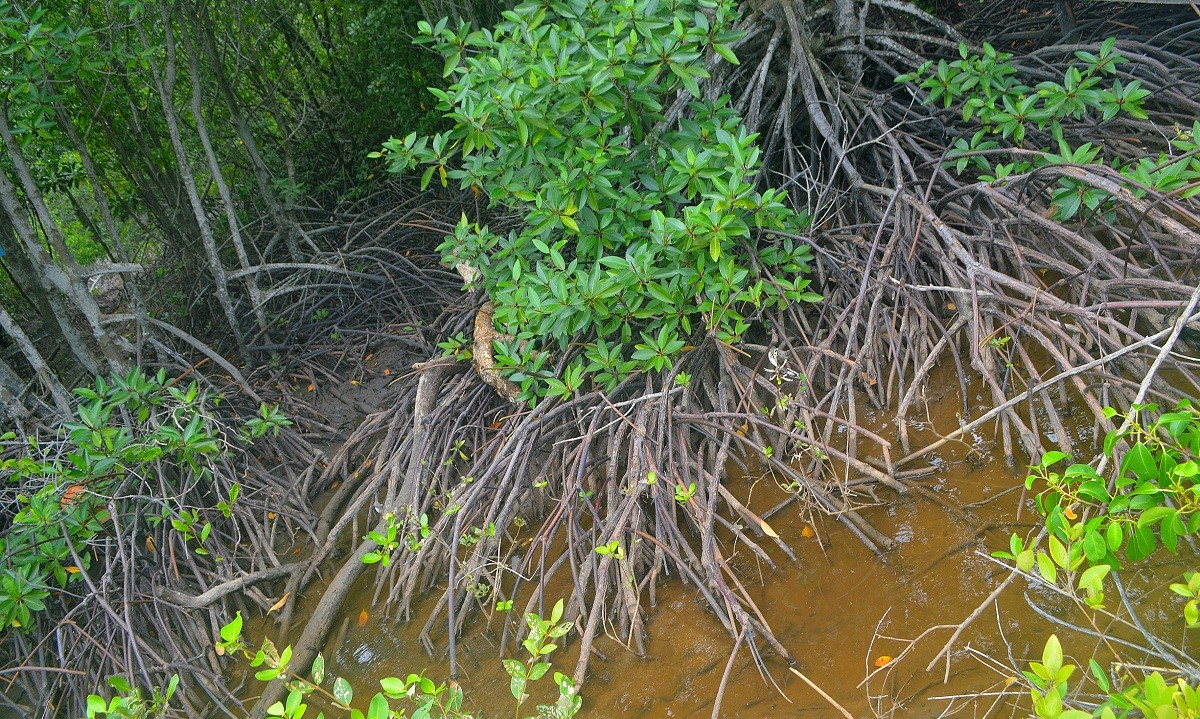
It turned out that these mystical plants served as a protective shield between man and the raging ocean. Powerful waves lost their strength in the mangroves, saving those people who did not destroy them for their convenience and profit.
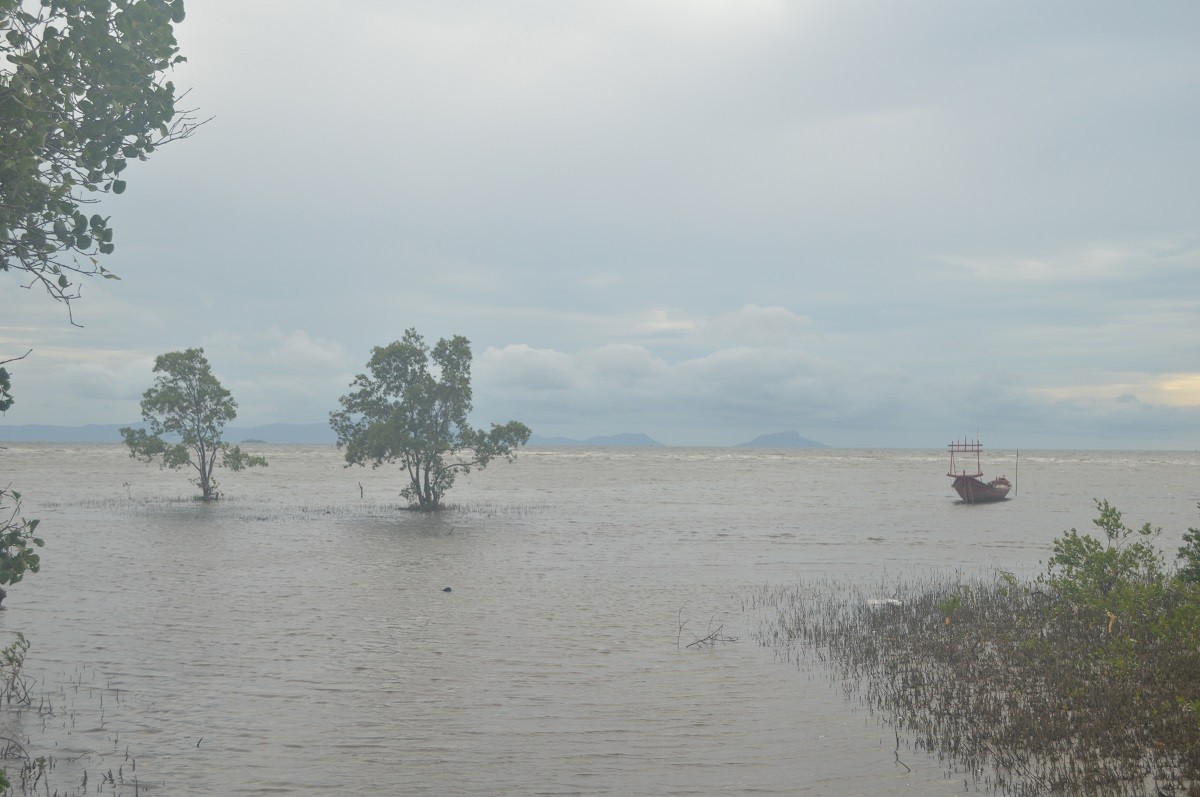
The price for disrupting natural balance and harmony is often human life and health. Mangrove forests, like the sea through the looking glass, reflect the actions of a person. The roots of mangroves are bare, not protected by soil.
Mangrove forests are open to all kinds of living creatures. Perhaps, these fabulous plants expect the same openness from a person. After all, one day they can protect it from danger, covering it with their bizarre branches.
